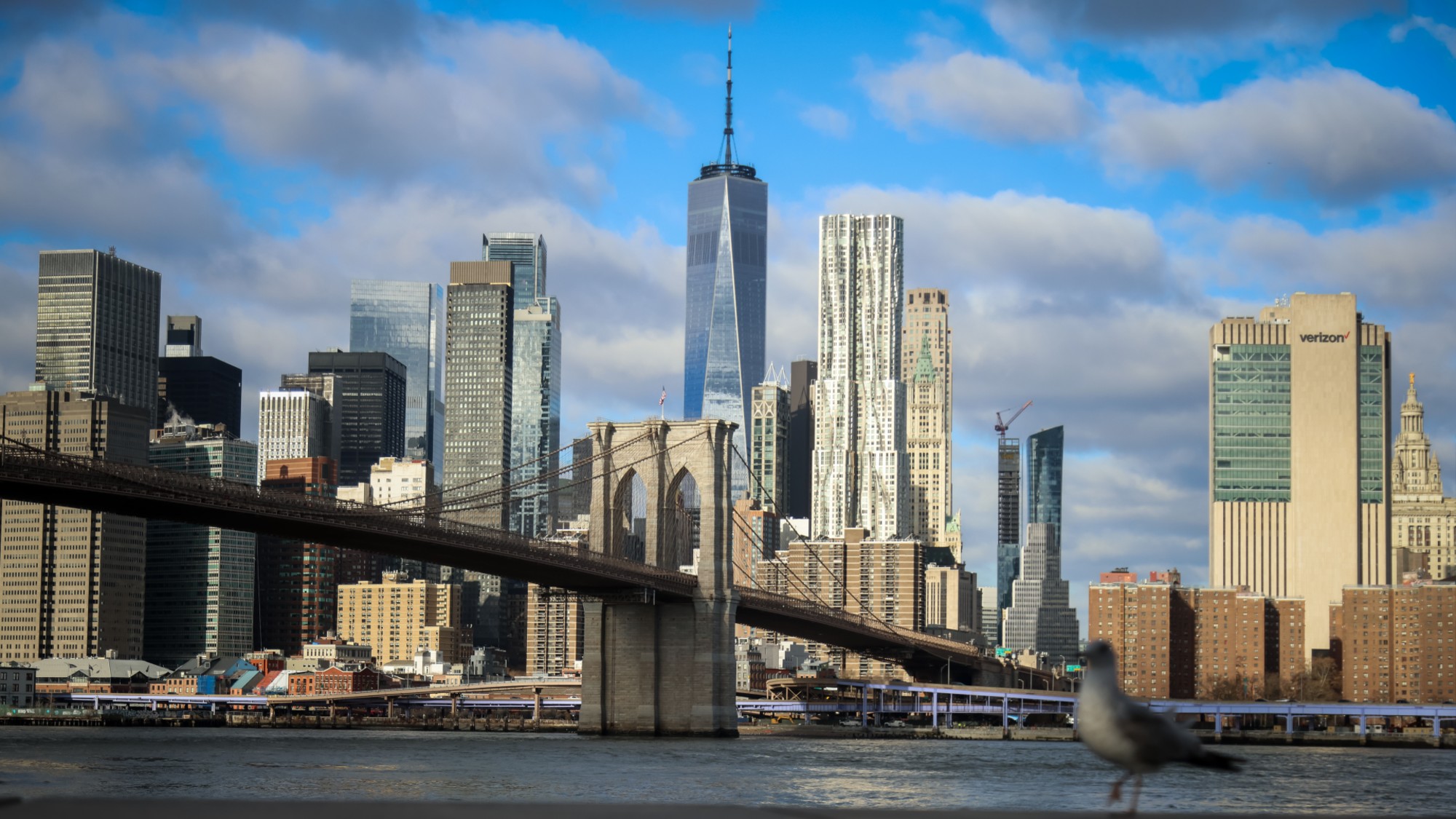White on Black: The Modernist Prints of Paul Landacre
The “brilliant chiaroscuro” of these Depression-era prints marks them as “special and singular.”
Pasadena Museum of California Art
Through Feb. 24
Paul Landacre was a backward thinker, said Kirk Silsbee in the Pasadena Sun. The Ohio-born artist (1893–1963) specialized in woodcut prints, a medium that requires carving a negative version of the image intended to appear on paper. A quaint pictorialism dates some of the two dozen or so small Depression-era prints currently showing in Pasadena, but their “brilliant chiaroscuro” marks the works as “special and singular.” Despite the difficult times he worked in, an optimism pervades Landacre’s imagery: These prints “exalt the human condition” and “often dance.” He could capture the downtrodden, but seemed drawn more to the world’s magic—the balloons and tiny nighttime lights of Children’s Carnival, a reclining nude reading in an open doorway (Sultry Day). The contrast is striking between the painstaking demands of his process and the lightness of his touch.
The Week
Escape your echo chamber. Get the facts behind the news, plus analysis from multiple perspectives.

Sign up for The Week's Free Newsletters
From our morning news briefing to a weekly Good News Newsletter, get the best of The Week delivered directly to your inbox.
From our morning news briefing to a weekly Good News Newsletter, get the best of The Week delivered directly to your inbox.
“Two of the artist’s favorite subjects were landscapes and the human form,” said Scarlet Cheng in the Los Angeles Times. California’s terrain dazzled him when he moved West for his health in his mid-20s. In Smoke Tree Ranch (1932), massive mountains fill the frame, and the titular house and barns are “tucked into a slope like bumps on the body of a giant.” In Coachella Valley (1935), brooding peaks loom over a line of passing freight cars. As you move from work to work, it becomes hard to discern the difference between rolling hills and the “undulating curves” of Landacre’s female nudes. In Demeter (1954), “figure and landscape become conflated, and a reclining female torso—breasts, leg, and arm—becomes hills and valleys.”
A free daily email with the biggest news stories of the day – and the best features from TheWeek.com
-
 Venezuela’s Trump-shaped power vacuum
Venezuela’s Trump-shaped power vacuumIN THE SPOTLIGHT The American abduction of Venezuelan President Nicolás Maduro has thrust South America’s biggest oil-producing state into uncharted geopolitical waters
-
 Most data centers are being built in the wrong climate
Most data centers are being built in the wrong climateThe explainer Data centers require substantial water and energy. But certain locations are more strained than others, mainly due to rising temperatures.
-
 ‘Maps are the ideal metaphor for our models of what the world might be’
‘Maps are the ideal metaphor for our models of what the world might be’Instant Opinion Opinion, comment and editorials of the day